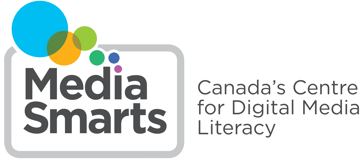
A Guide for Trusted Adults
A Guide for Trusted Adults is based on YWCA's consultation with Canadian girls and young women about their concerns and the issues they face online and on social media platforms and the ways they want the adults in their lives to support them.

How we can empower youth to push back against hate online
In its early days, the internet was often spoken of as a free marketplace of ideas, where everyone’s views and thoughts could be shared and compete on an equal footing. Today it’s an essential tool for accessing information and services, but its value as a vehicle of civic engagement and debate has in many ways declined.

Media Safety Tips: Teens
Two important ideas relating to teens are the imaginary audience and the personal fable. The imaginary audience makes them overestimate how much attention other people are paying to them. This makes them more self-conscious and leads them to think of privacy primarily in terms of impression management – trying to control how others see them. The personal fable makes teens see themselves as the main character of a story and, as a result, leads many to believe that bad things will simply not happen to them.

Printable activities for younger children
These printable activity sheets introduce basic media literacy skills and concepts and are suitable for use in homes, schools and libraries. They can be completed independently, but children will learn more if you discuss the activities with them. Younger children may need help reading the instructions and completing some activities.

Talking to kids about casual prejudice online
That’s why it’s important to talk to kids about casual prejudice which is the use of words or phrases that are negative towards a particular group - and help them learn how to push back in situations where they’re not sure if the person meant to be hurtful.
Here are some tips on how to help your kids respond to casual prejudice online:
